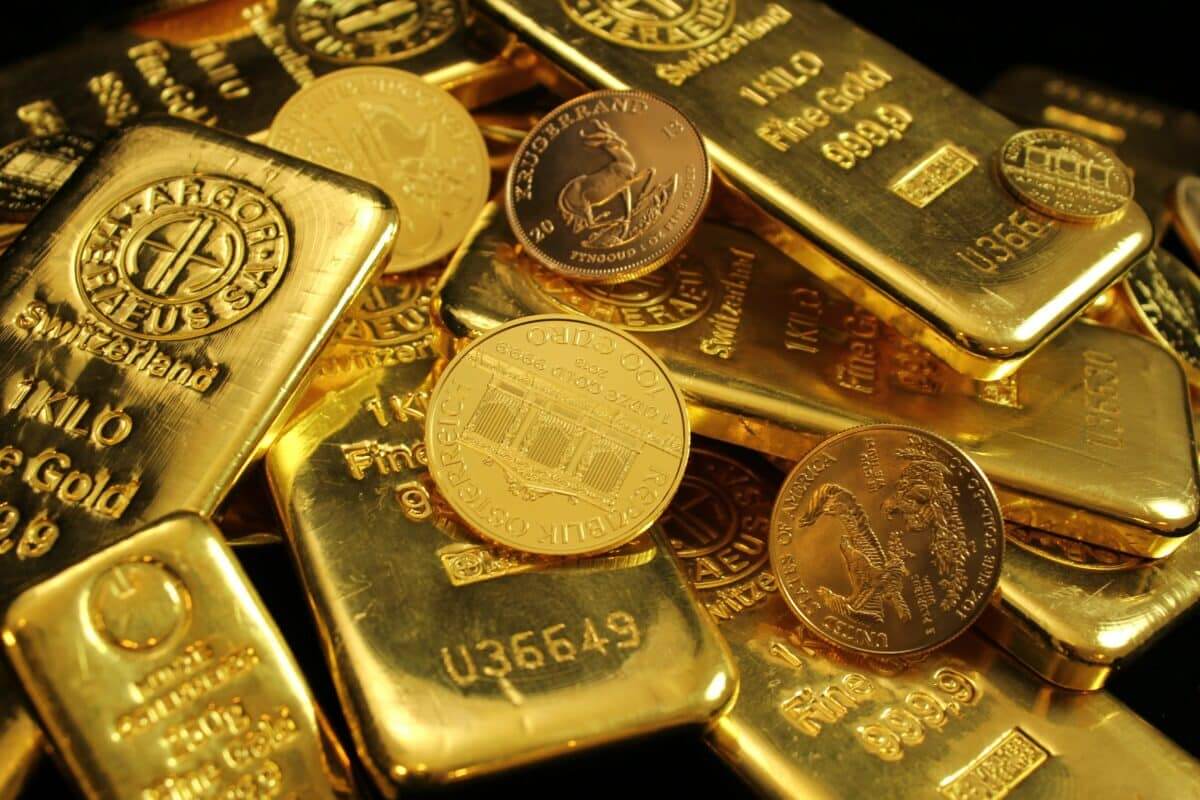
Gold is expected to Increase Monthly
Investors bet that interest rates have likely achieved or are close to their peak in the current tightening cycle, which led to gold stabilizing around $1,980 an ounce on Friday and indicating that it will rise more than 8% in March.
The main drivers of such expectations were the reduction of global inflationary pressures and major central banks’ efforts to avert a more serious banking crisis. This month, demand for safe-haven assets like gold was boosted by the recent banking instability brought on by the failure of two regional lenders in the US.
At its meeting in March, the US Federal Reserve announced a widely anticipated 25 basis point rate increase and hinted at just one additional rate increase.
According to the money markets, the central bank is forecasting a 40% likelihood of pausing rate increases in May, with rate reduction anticipated by year’s end.
Traders are now anticipating core US PCE data for hints on the Fed’s upcoming activities and statements from various Fed members.
Steel and gold buck the trend
The first quarter saw a commodity drop, with the energy industry taking the lead. Natural gas prices reached their lowest point in over two years and lost more than half of their worth.
According to Albert Chu, portfolio manager at Newton Investment Management, the belief that Fed will lower interest rates soon replaced the fear that they will remain higher for longer. Fears of a banking contagion also started to dampen demand, which led to growth sectors like technology gaining a “bid at the price of ‘value’ assets.”
Analysts anticipated that the S&P GSCI, which serves as a benchmark for investments in the commodity world, would have a decrease of almost 7% during the first quarter up until March 28.
Future nickel demand looks promising with the move to renewable energy
This year’s decliners include a few industrial metals, with nickel prices on the London Metal Exchange cash market falling by more than 20% during the first three months. Due to the fact that nickel trading was not prohibited and the metal continued to reach consumers in China and other countries despite the conflict in Ukraine, experts speculate that the metal may have been less harmed than many had first thought. Russia is a major producer of nickel.
But, the U.S. The Inflation Reduction Act and its equivalent in Europe, which aims to reduce household expenses and increase sustainable energy use, will essentially “start metalizing the globe meaningfully.” The move to renewable energy depends on using nickel and other metals.




